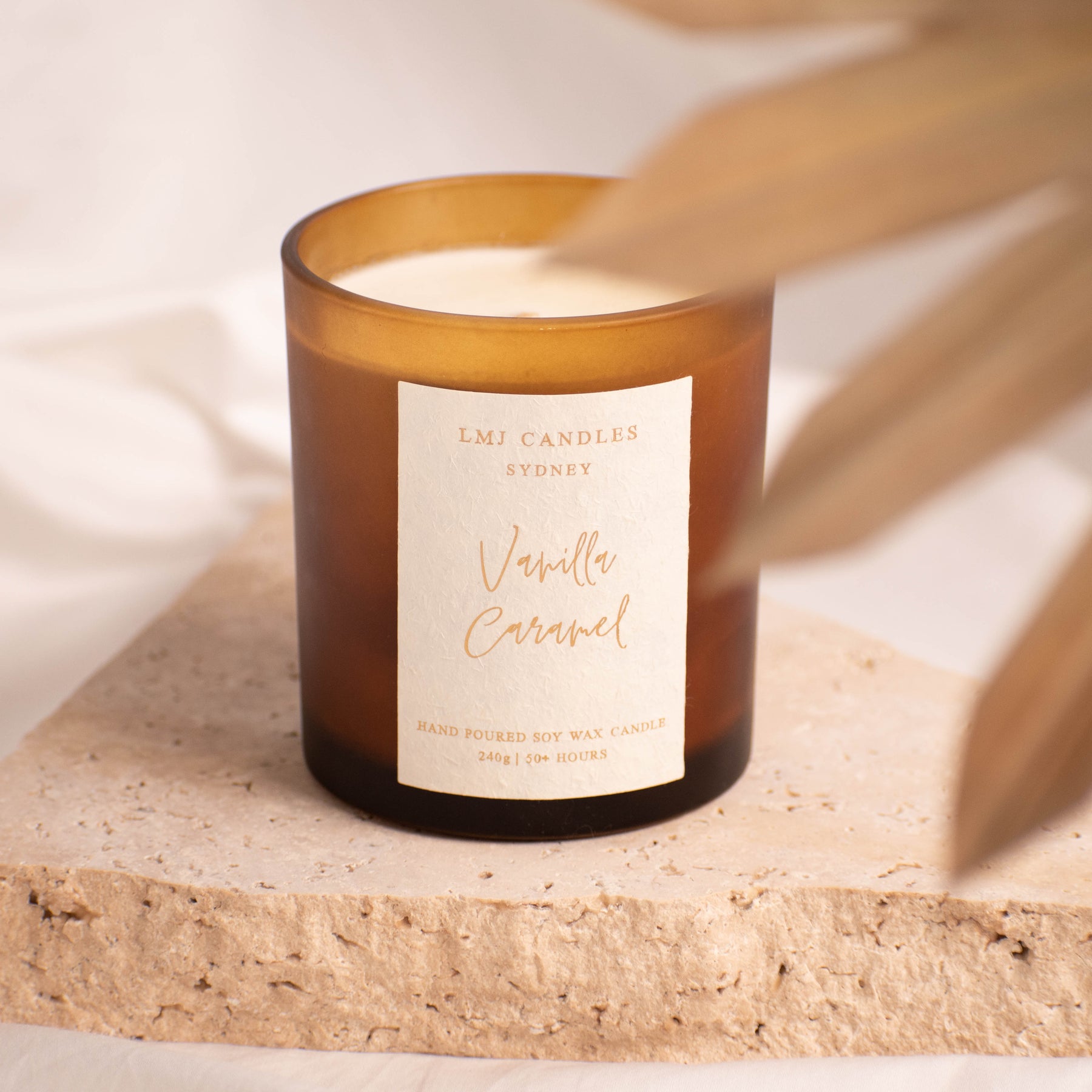Infuse Your Home with the Aroma of Crystal Soy Candles and Home Fragrance
Infuse Your Home with the Aroma of Crystal Soy Candles and Home Fragrance
Blog Article
From Wick to Wax: Understanding the Chemistry Behind Soy Wax Candles and Their Ecological Influence
As we brighten our spaces with the cozy glow of candles, there lies a realm of complex chemistry behind the relatively simple act of lighting a soy wax candle light. Join us as we decipher the clinical intricacies behind soy wax candle lights and explore their ramifications on our atmosphere.
Soy Wax Vs. Paraffin Wax
When comparing soy wax and paraffin wax for candle light making, it is crucial to understand the unique qualities and benefits of each material. Soy wax is an all-natural, renewable energy stemmed from soybean oil, making it environmentally friendly and biodegradable - home fragrance. On the other hand, paraffin wax is a by-product of oil refining, which increases worries regarding its ecological impact and sustainability
Soy wax candles shed cleaner and release much less soot compared to paraffin wax candle lights, making them a healthier option for interior air top quality. Additionally, soy wax has a reduced melting point, enabling a longer-lasting candle that disperses fragrance a lot more properly. Paraffin wax, on the various other hand, often tends to melt faster and much less easily, possibly launching dangerous chemicals right into the air.
From a sustainability viewpoint, soy wax is preferred for its biodegradability and sustainable sourcing, lining up with the expanding consumer preference for environmentally conscious items. While paraffin wax has been a conventional option in candle making because of its cost and convenience of use, the change towards environmentally friendly options like soy wax is obtaining energy in the market.
Chemical Structure of Soy Wax

Burning Refine in Soy Candles
The chemical make-up of soy wax directly influences the combustion procedure in soy candle lights, impacting elements such as shed time, fragrance release, and ecological effect. When a soy candle light is lit, the heat from the fire thaws the wax near the wick. This liquid wax is after that prepared the wick as a result of capillary action. As the liquid wax gets to the fire, it undertakes and vaporizes burning. The combustion process includes the vaporized hydrocarbons in the wax reacting with oxygen in the air to produce warm, light, water vapor, and co2.
The combustion efficiency of soy candle lights is influenced by the purity of the soy wax and the quality of the wick. A clean-burning soy candle with a properly sized wick will decrease and create a constant flame residue development. This not just extends the burn time of the candle light but additionally boosts the release of fragrances. Additionally, soy wax candle lights have a lower ecological impact compared to paraffin candles because of their naturally degradable and eco-friendly nature.
:max_bytes(150000):strip_icc()/SPR-types-of-Candle-Wax-5323778-hero-e4277e76885049a28707749d892fe592.jpg)
Environmental Benefits of Soy Wax

Considered a lasting choice to typical paraffin wax, soy wax supplies noteworthy ecological benefits that make it a prominent option amongst eco-conscious customers. Soy wax burns cleaner and generates less soot than paraffin wax, adding to better interior air top quality and reducing the demand for cleaning and upkeep. Generally, the environmental benefits more info here of soy wax straighten with the growing demand for green and lasting products in the market.
Recycling and Disposal Factors To Consider
Reusing and proper disposal of soy wax candles play an essential role in maintaining ecological sustainability and minimizing waste in areas and homes. When it comes to reusing soy wax candles, the very first action is to guarantee that the candle has actually shed entirely.

In terms of disposal, if recycling is not a choice, soy wax click over here candles are biodegradable and can be safely disposed of in most house waste systems. However, it is constantly advised to get in touch with regional reusing facilities or waste monitoring solutions for particular standards on candle disposal to ensure appropriate handling and environmental protection.
Verdict
In conclusion, the chemistry behind soy wax candles reveals their ecological benefits over paraffin wax candle lights. Soy wax, acquired from soybean oil, burns cleaner and generates less soot when compared to paraffin wax.
When comparing soy wax and paraffin wax for candle making, it is necessary to comprehend the distinctive features and advantages of each material (soy candles).Soy wax candles melt cleaner and emit much less residue compared to paraffin wax candle lights, making them a healthier option for indoor air high quality.Considered a lasting option to standard paraffin wax, soy wax provides noteworthy ecological advantages that make it a preferred choice among eco-conscious customers. Soy wax burns cleaner and produces much less soot than paraffin wax, adding to much better interior air high quality and decreasing the need for cleansing and upkeep.In conclusion, the chemistry behind soy wax candles exposes their environmental advantages over paraffin wax candles
Report this page